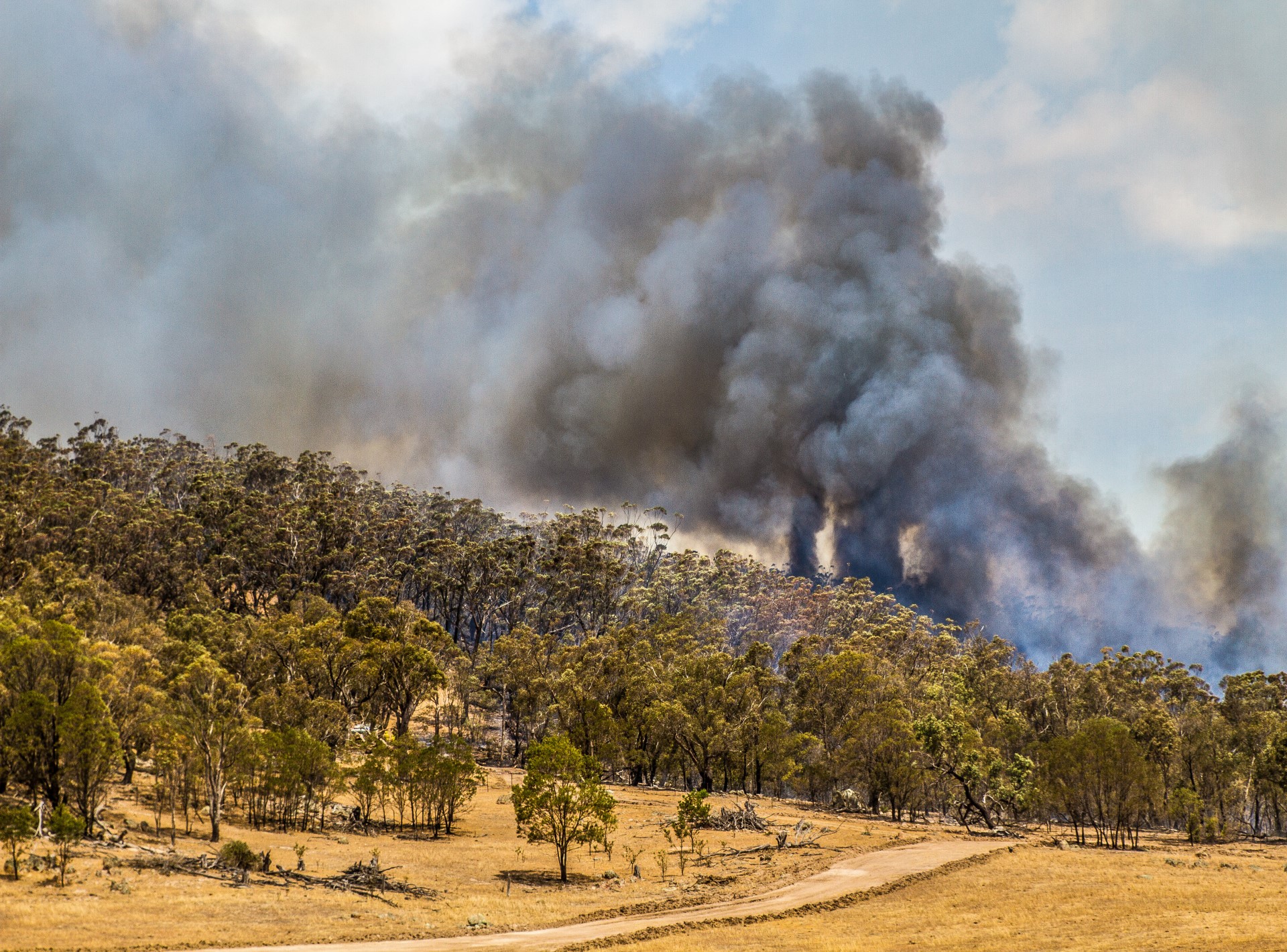
New research has revealed a strong link between smoke from bushfires and an increase in Perth hospital admissions for heart and lung problems.
The study highlights the health dangers posed by fine particulate matter (PM2.5), after analysing more than half a million hospital admissions from 2015 to 2017 and using a smoke exposure model to track PM2.5 levels in Perth.
Older adults, children and people from disadvantaged areas were at higher risk of hospitalisation due to bushfire smoke.
In WA, smoke from landscape fires was the most significant contributor to excessive atmospheric PM2.5 levels during 2002–2017 and was associated with substantial health costs. Yet a threshold effect for PM2.5 has still not been established for chronic or acute health outcomes.
Lead author, Associate Professor Adeleh Shirangi from Curtin’s School of Population Health, said particulate matter smaller than 2.5 microns, known as PM2.5, was a major health concern.
“These tiny particles can be inhaled into the lungs and even enter the bloodstream,” Professor Shirangi said.
“Our study showed that people living in lower socioeconomic areas were more significantly affected by elevated PM2.5 levels, with higher rates of hospital admissions for both respiratory and cardiovascular conditions.”
The team demonstrated a 154% increase in angina admissions and a 12% increase in heart failure admissions among disadvantaged groups following high bushfire smoke exposure.
“There was a 2–7% significantly increased risk in total hospital admission and total CVDs, which persisted over four days of exposure to LF smoke presented as PM2.5 concentrations. The most significant point estimates were observed within one day after exposure,” Professor Shirangi said.
“Specifically, we found a 16% significant increase in risk for asthma, a 12% significant increase in risk for hospital admission of arrhythmia following same-day exposure, and up to 18% non-significant increased risk for individuals admitted to the hospital with underlying selected respiratory and cardiovascular conditions, including angina, stroke, ACS and TIA.
“Similarly, we found that same-day exposure to high PM2.5 levels increased asthma hospital admissions, with children experiencing a 93% rise in asthma admissions the next day.”
He said the findings underscored the need for effective public health strategies to protect high-risk groups.
“Australians are frequently exposed to pollutants from bushfires, and smoke is the leading cause of increased fine particulate matter levels in Perth,” Professor Shirangi said.
“As climate change leads to more frequent and intense wildfires, understanding and mitigating the health impacts becomes increasingly critical. Using air filters and masks can help reduce exposure to harmful smoke, and monitoring air quality alerts during the bushfire season could help hospitals better prepare for patient surges.”

